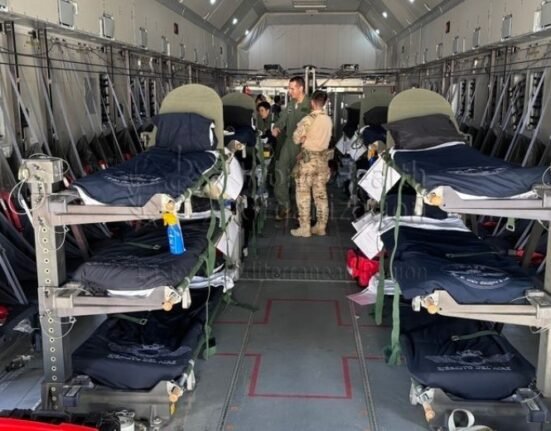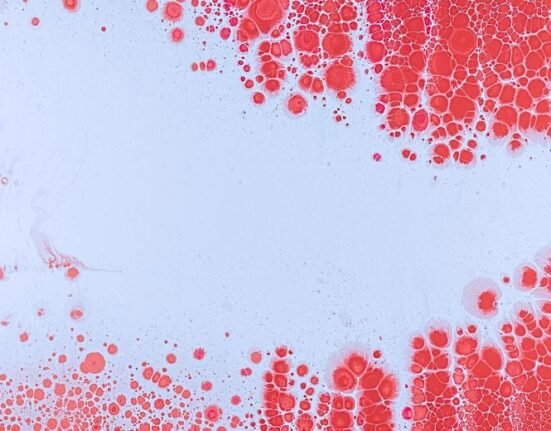HQ Team
December 4, 2022: The Covid-19 virus, in some of the British patients discharged from hospitals, has led to lung damage which is irreversible and may get worse over time, according to a study.
“We estimated that up to 11% of hospitalized COVID patients had fibrotic patterning after recovery from the acute illness,” said corresponding author Iain Stewart, National Heart and Lung Institute, Imperial College London.
Fibrotic lung damage, known as interstitial lung disease, requires ongoing follow-up care. The patients had varying degrees of COVID-19 severity at hospital admission.
The authors examined evidence of abnormal lung patterns on follow-up CT scans from COVID-19 patients discharged from the hospital— ways which could be suggestive of interstitial lung disease.
Interstitial lung disease is a broad group of disorders characterized by lung scarring, including idiopathic lung fibrosis. This scarring makes it difficult to breathe and get oxygen into the bloodstream.
Breathlessness
“Whilst many experience prolonged breathlessness, the major implication of these findings is that a substantial number of people discharged from a COVID hospitalization may also have fibrotic lung abnormalities.
“These results should help concentrate efforts to follow at-risk patients closely. This follow-up should include repeat radiological imaging and lung function testing,” Stewart said.
In the study, the characteristics of the 209 study participants, who had CT scans, were applied to a broader post-hospitalization cohort of almost 3,500 people without a CT to stratify the risk of residual lung abnormalities.
“For some people, these fibrotic patterns may be stable or resolve, while for others, they may lead to longer-term lung fibrosis progression, worse quality of life and decreased life expectancy. Earlier detection of progression is essential to improving outcomes,” Stewart said.
Residual lung abnormalities
Interim study participants were discharged from the hospital by the end of March 2021, while provisional data were collected until October 2021, restricting the analysis to 240 days after discharge.
The researchers identified patients with thoracic CTs from the post-hospitalization Covid-19 database.
The aim was to determine the prevalence of residual lung abnormalities in people discharged from a COVID-19 hospitalization. Analyses were conducted to determine participants’ risk factors for residual lung abnormalities in those who did not receive a CT scan.
These factors estimated the prevalence in the overall population hospitalized by the end of March 2021.
The study was published online in the American Thoracic Society’s American Journal of Respiratory and Critical Care Medicine.
The “Residual Lung Abnormalities Following COVID-19 Hospitalization: Interim Analysis of the UKILD Long-COVID Study” excluded patients in PHOSP-COVID who had interstitial lung disease before COVID-related hospital admission.
“The next phase of the study is a primary analysis, which will be performed at 12 months. At that time, we will use linked electronic health records of hospital admissions and mortality data to support our analyses. We expect to have the final results in early 2023,” Stewart said.








